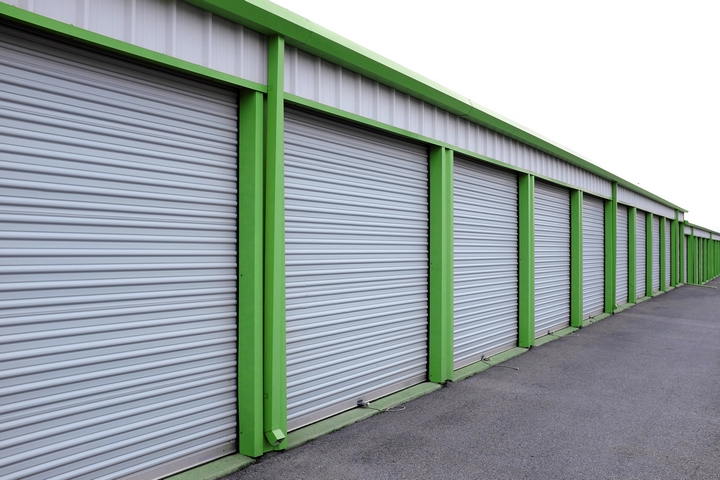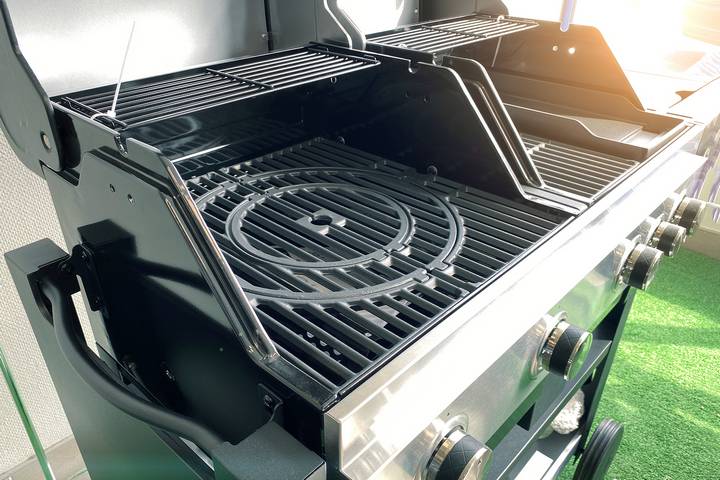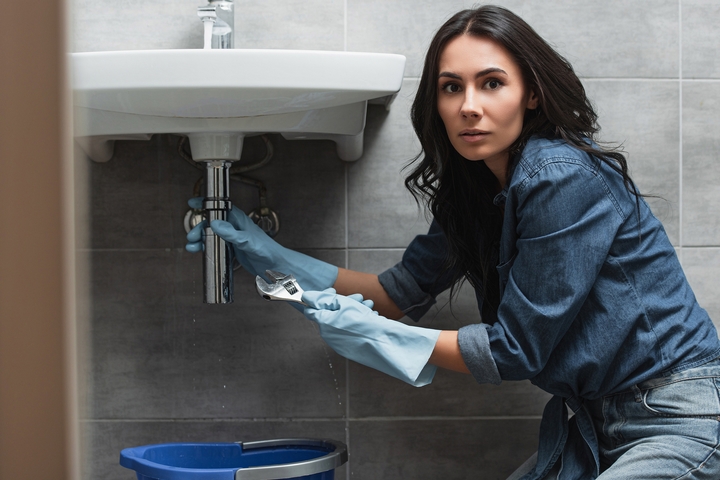Grilling in the summer is part of the backyard experience; everyone enjoys a BBQ. All you do is fire up your grill so you can get those proteins and veggies cooking, and before you know it, you have an incredible home-cooked meal for all to enjoy. Whether you just bought a new one or are having issues with your existing one, getting to know the anatomy of your gas grill is essential for outdoor cooking.
A gas barbecue is a sophisticated device with many complex parts. Each component has its unique use that work together harmoniously to grill the food. Let’s break down the parts of a gas grill so you understand how it works.
1. Cooking Grates
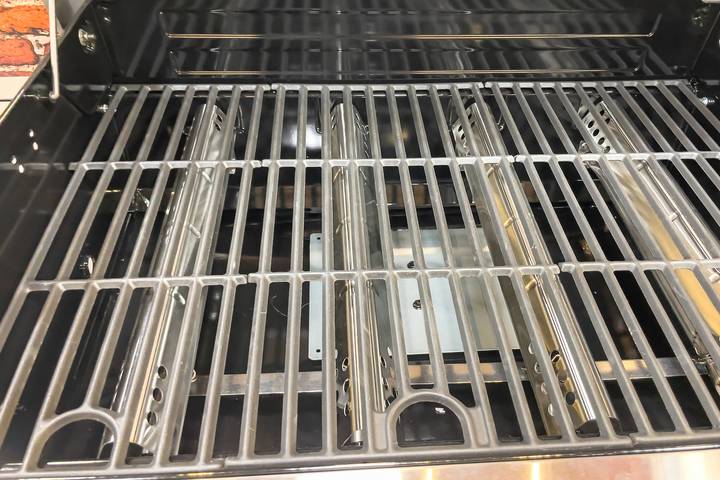
The grates are where all the cooking action takes place, and they hold your food above the fire or heat source, allowing heat to transform your raw food. They are not a flat surface but rather a grate to allow for good searing with those perfect grill marks across the food.
They get the most wear and tear, so you must keep them clean with regular washing and seasoning to prevent food buildup and rust.
2. Warming Rack
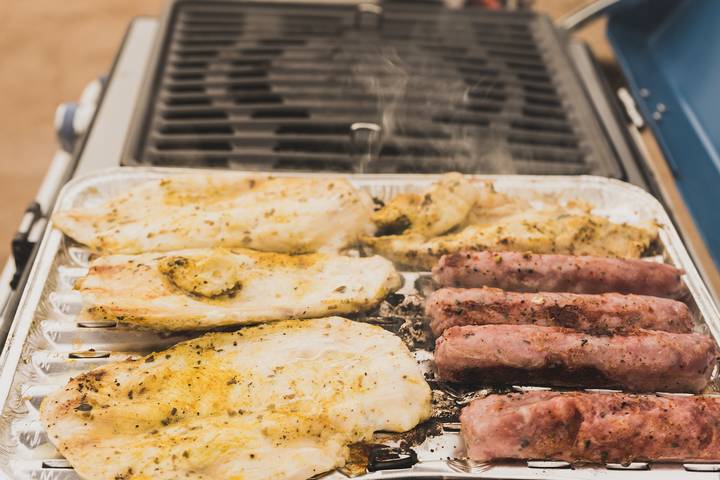
The warming rack is one of the most important parts of your grill but is often underutilized. It is designed to pivot as you open and close the lid so it stays level and allows food to sit on it. This is where you can slowly toast your hotdog and hamburger buns, but it is also a rack to keep cooked food warm. That way, you can clear up more room on the grates for cooking.
3. Burners
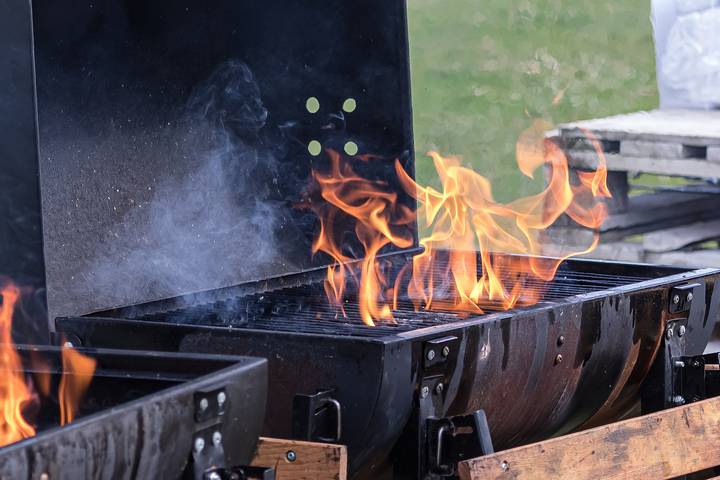
Burners are where the fuel enters in, and flames come out to cook your food. They are designed with pin-sized holes to let gas escape and distribute the heat and flames evenly across the cooking surface of the grates.
Burners come in various shapes and can be made of stainless steel or cast iron and use traditional blue flame and infrared. They get dirty and plugged up with grease and food debris, so you will need to clean them regularly or when you notice they are not working well.
4. Side Burner
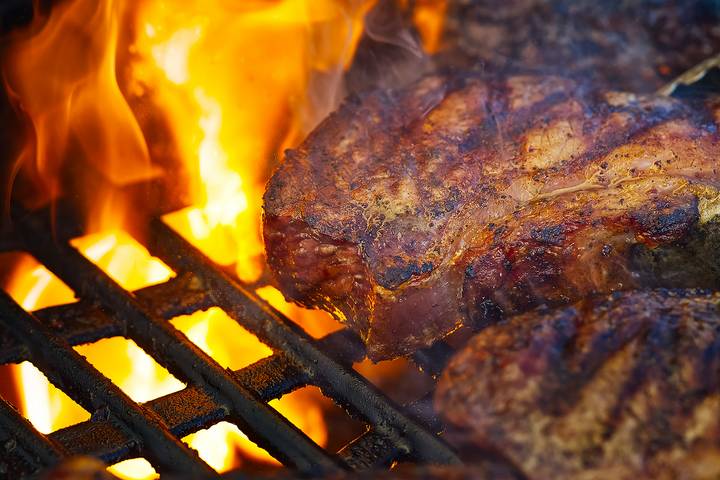
Some gas grills come with and extra burner on a side shelf, ideal for using a pan or pot. This allows your entire meal to be simultaneously cooked on the gas grill and is ideal for boiling corn or sautéing vegetables.
5. Carryover Tubes
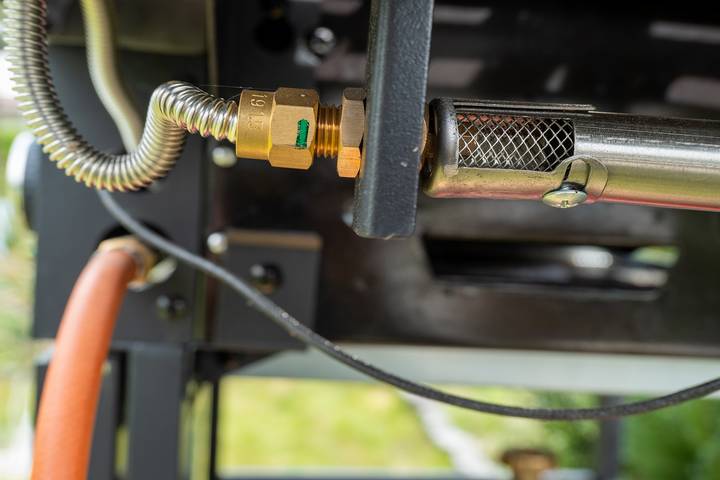
Another part of your gas grill is the pipes that connect each burner. These carryover tubes allow flames to carry over to each burner as you light the grill.
6. Manifold
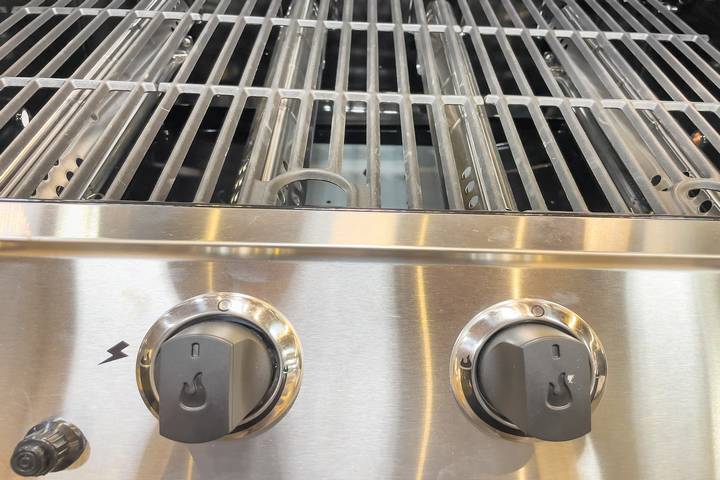
These are pipe assemblies that connect to your gas supply and carry fuel along a path toward the burner tubes. They usually have a protective cover and sit behind the control knobs on your grill.
7. Venturi Tubes
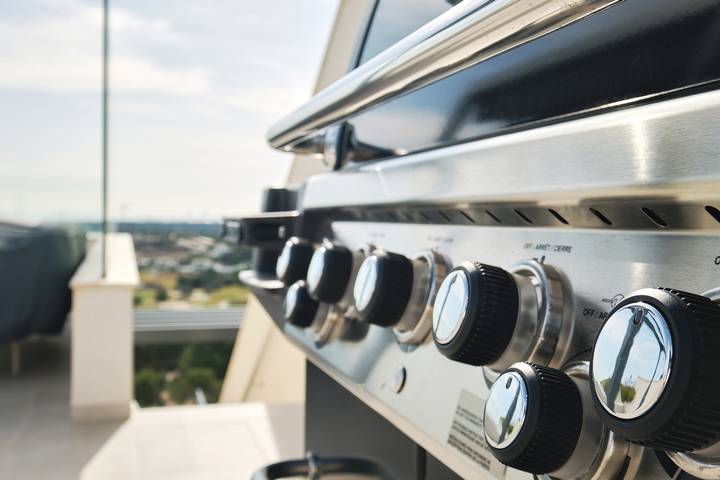
The venturi tube is designed to mix air with the propane to produce proper combustion and is attached from the control valves to the burner. This system allows air to mix with the fuel and regulates the flame and heat while you cook. Regular cleaning of these parts will ensure you have a consistent temperature and cook time.
8. Control Knobs
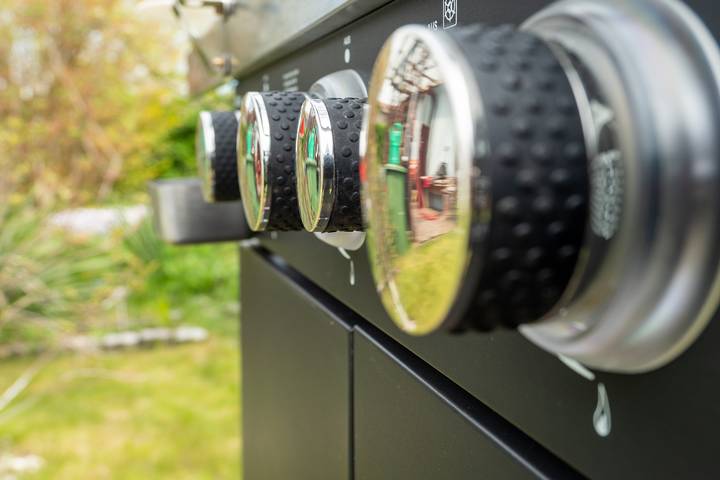
On the front of your gas grill are the operational knobs that allow you to regulate the fuel flow and turn it off and on. This lets you determine your food’s flame height, cook temperature, and timing. They are also sometimes used to engage the igniter.
9. Igniter
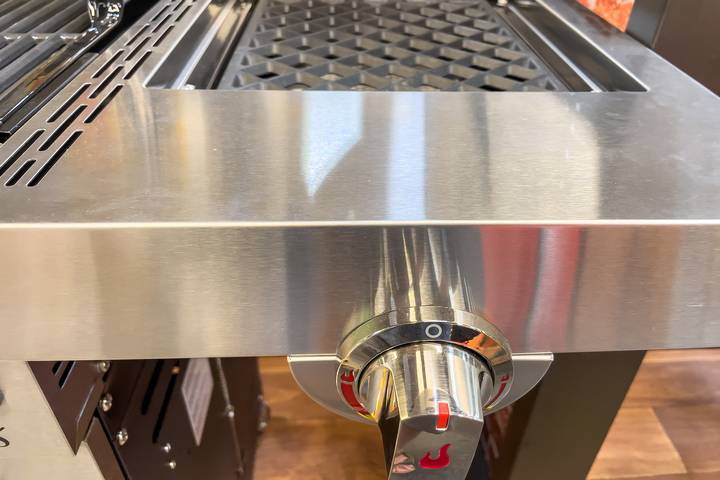
This is where the spark happens. An igniter is your ignition source for the grill and comes in two different types; battery-powered spark generator or piezo ignition.
The battery-powered igniter uses an electrical current to ignite the fuel and makes continuous clicking of sparks until the burners ignite.
The piezo starter makes a tiny spark to start the flame when you push a button or turn the control knob until you hear a click. This is the most popular type used.
10. Grease Tray
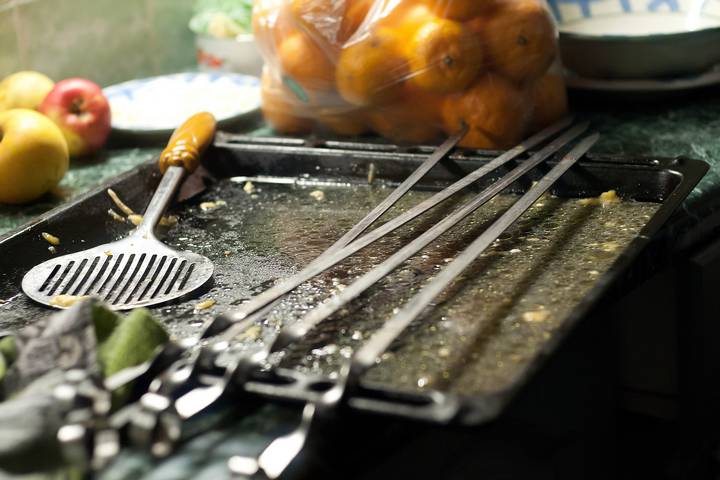
Under your gas grill will be a metal tray oriented to catch grease and food particles through a hole in the grill housing. This is so you don’t get buildup on the bottom of the grill, and you can easily remove it and clean it out, so there is no overflow or a fire hazard.
11. Temperature Gauge
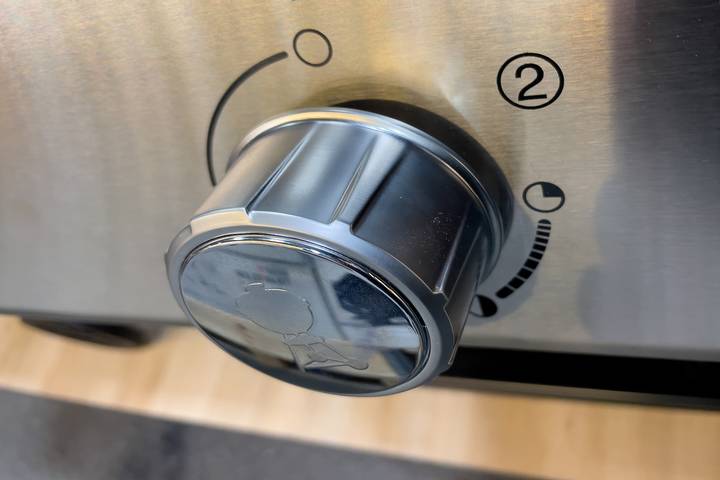
On the front of your gas grill, near the control knobs, will be your temperature gauge. This is an accurate way to control and monitor your cooking temperature inside the grill for precise cooking. It is useful for grilling meat and ensuring food safety when you want to reach certain temperatures.
These are the main parts of your gas grill. Over time, some of these parts will wear out, and you will need to replace them. Understanding the anatomy of your grill will empower you to take good care of it and become the grill master you’ve always dreamed of.






